Kayaking at Night: Is It Legal & What Lights Do You Need?
The stillness of the inky water embraces me as I slide my kayak into the lake under the moonless sky. Overhead, the glittering stars are mirrored flawlessly on the glassy surface, transporting me into an endless celestial realm.
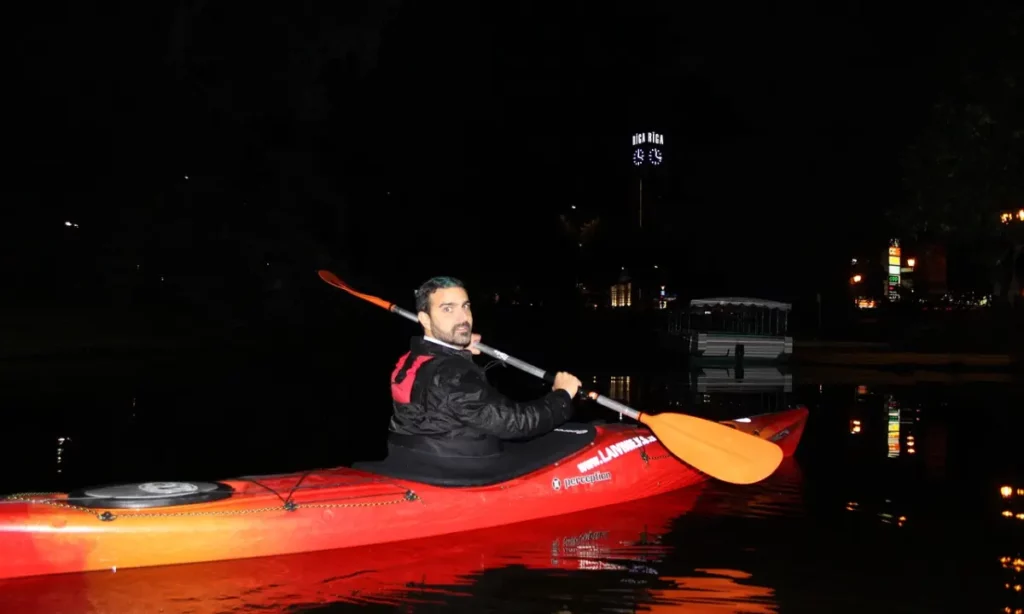
Not a breath of wind disturbs the perfect reflections all around, heightening the sense of dropping into a liquid galaxy. As I dip my paddle and propel silently through the cosmic portal, I become part of the starry spectacle. The familiar shoreline fades behind me, and I am adrift in a pool of stars.
Tonight, I will navigate by constellations and explore liquid night skies, embracing the darkness and solitude only found kayaking under boundless skies as day slips into a dreamscape. The midnight world awaits my bow cutting the starry waters.
Kayaking at night can be magical. The moon and stars reflect off the water, creating a beautiful scene. However, kayaking at night can also be dangerous if you are not careful. Before going out, make sure it is legal to kayak at night where you live.
Also, bring flashlights and wear reflective gear so other boats can see you. It gets very dark, so having maps and a compass is important if you get lost. Start close to shore your first time and pay attention to weather and tides. As long as you prepare properly, kayaking under the stars can give you amazing memories.
HOW TO KAYAK AT NIGHT?
Enjoy the Magic of Kayaking Under the Moon and Stars
Paddling your kayak at night for Best Fishing kayak can be incredibly peaceful and beautiful. The moon’s glow shimmering on the gentle waters is a sight you won’t forget. Fewer boats out make for a quiet adventure too. If you love kayaking by day, you’ll likely enjoy it even more once the sun goes down!
This guide will prepare you to have a fun and safe trip under the night sky. We’ll cover simple tips like checking weather forecasts and dressing warmly in the cooler night air. We’ll also discuss using proper lighting to keep visible, staying close to shore, and more.
With some basic preparation based on these pointers, you can master night kayaking. Then you can relax and soak up adventure and splendor paddling in the moonlight!
Is It Legal to Kayak at Night?
yes, it is legal to kayak at night.
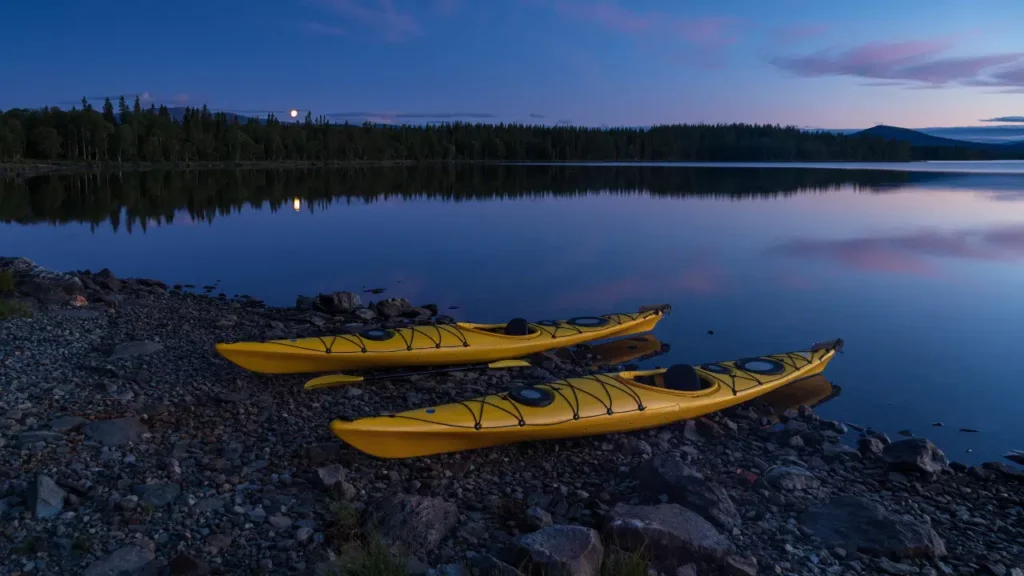
You may be wondering – is it legal to kayak at night? The short answer is yes. However, you need to follow some important safety rules if you go out on the water after dark.
The government does not have rules that only apply to night kayaking. But any time you are in a kayak, there are two main things you need to do.
First, you must have proper lights on your kayak so other boats can see you. Strobe lights or glow sticks work well. Second, you must keep a sharp eye out for other vessels and dangers. It gets very dark out on the water!
The exact laws depend on where you live. But as long as you have appropriate lights and pay attention, night paddling is allowed in most places. Of course, it is always smart to check your local laws before heading out into the darkness. Safety comes first when you are out on the water at night.
When you’re paddling at night, Rule #5 says you always need to stay alert. Keep your eyes, ears, and full attention on the water around you. It’s easy to get distracted by the stars and beautiful night sky, but you must watch for other boats. Collisions can happen fast in the dark!
Rule #25 talks about having the right lighting on your kayak.
Other vessels need to be able to see you out there! That section lists the specific lights your kayak must have when paddling after the sun goes down. We’ll get into those lights more in a minute.
The main point is – in daylight or dark, you have to stay safe. Don’t just gaze at the moon and stargaze. Keep your head on a swivel, watching and listening intently. And make sure your kayak has the necessary glow sticks, strobes, or lights attached. Follow those rules, and your night paddling adventures will be fun and problem-free.
What Lights Do You Need on a Kayak at Night?
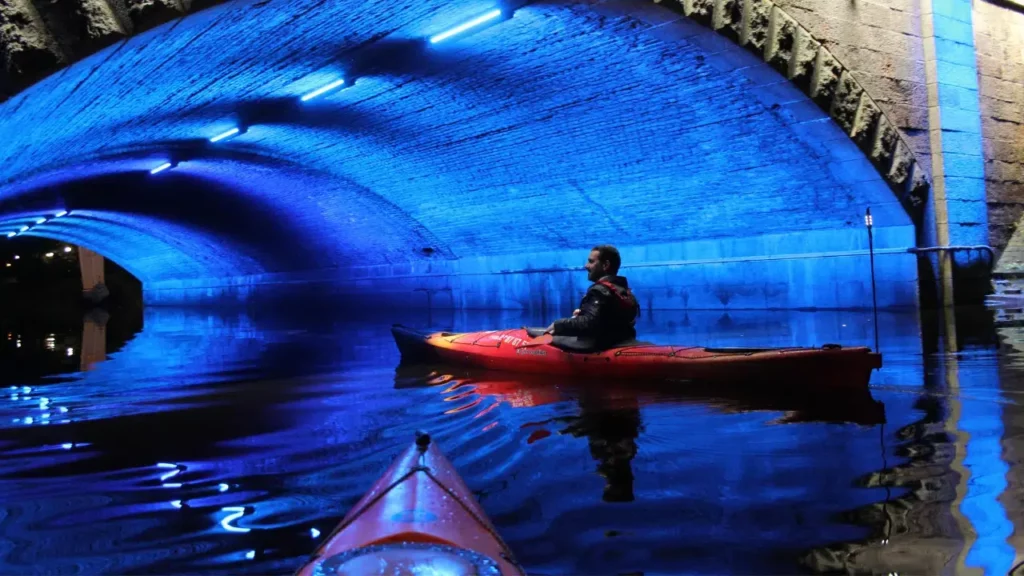
The most important rule: Kayaks must have lights on at night! This allows other boats to see you and avoid dangerous collisions.
You Have Two Legal Lighting Options:
Main Goal – Be Visible!
Lights aren’t necessarily to help you see better at night. They help others identify you as a moving kayak.
Many Opinions – But Aim for Red/Green Plus Stern if Possible
Single white light works fine and is affordable. But colored bow lights remove confusion about which way you’re headed.
The most important things are making sure your kayak has the necessary lighting and keeping an eye out for other boats. Stay safe and visible out there!
Lighting Options for Kayak Fishing at Night
Potential Risks of Kayaking at Night
Three Big Dangers to Watch For
Collisions
It gets extremely dark out on the water at night. Other boats and objects can sneak up on you fast. You must stay alert and watch carefully in all directions to avoid crashes.
Getting Lost
Finding your way at night can be confusing, even for experienced paddlers. Currents and wind may also pick up. Bring detailed maps, a compass, and GPS to reduce chances of getting turned around in the dark.
Hypothermia
Colder temperatures at night mean you lose body heat faster, especially if winds pick up or you get wet. Dress very warmly in moisture-wicking layers and have emergency gear. If you capsize for any reason, hypothermia danger is high.
Increased Rescue Times
If you get into trouble at night, it takes longer for rescuers to find and get to you. Even with lights and reflectors on your kayak, spotting a capsized or stranded paddler is hard in the dark.
That’s why you must be extra cautious when kayaking at night. Have all the necessary gear, know your limits, and don’t take unnecessary risks. Tell someone your route and when you plan to return. Avoid storms and rough water that could hamper rescues after nightfall.
The magic of paddling under the stars is alluring. But you must respect the fact that help will arrive slower if things go wrong in the darkness. Use good judgment, take all precautions, and never count on an easy rescue at night.
While paddling at night does come with extra dangers, that doesn’t mean you should avoid it. All kayaking carries some risk – daytime or dark. As long as you know what you’re getting into and prepare properly, after-dark paddling can be safe and rewarding.
The key is arming yourself with the right knowledge, skills, and gear ahead of time. Get comfortable navigating via charts and lights. Dress for the cold temperatures. Bring effective lighting for your Kayaking at Night and your person. Tell someone your float plan as an extra precaution. Start with short trips close to shore until you gain experience.
Take the time to build your confidence and ability gradually. Get to know your abilities and limits. The more preparation you put in during the daylight ahead of time, the more you’ll enjoy every magical moment you spend kayaking under the stars!
Additional Night Paddling Tips
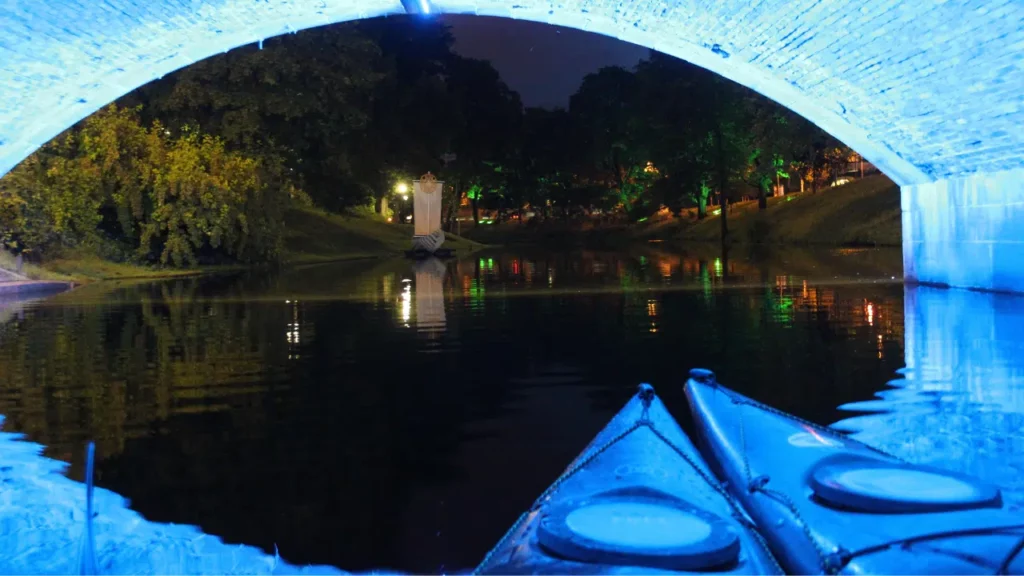
Now that you’re all set with the right gear, it’s time to head out for your Kayaking at Night adventure! Here are 5 simple tips to help you make the most of it:
Start Small
Even experienced daytime paddlers can find kayaking at night to be very different. So it’s smart not to bite off more than you can chew on your first after-dark outing.
Instead of an all-night expedition, pick a short 1-2 hour paddle close to shore. Choose calm, familiar waters with good moonlight or star visibility. Plan to launch right before sunset so you slowly adjust to the darkness.
Stay close to the shoreline the whole time. Work on getting used to how your kayak handles and how visibility changes in darkness. Don’t wander far or take any risks. Just focus on getting comfortable paddling under the night sky.
Once that first short trip goes well, you can start planning longer, more adventurous night paddles. But start small and safe – it’s crucial to learn good habits and build skills gradually. As you gain more experience over multiple short trips, the world of Kayaking at Night opens up to you under the magical moon and stars!
Paddle With Friends
Kayaking alone at night packs higher danger if something goes wrong. That’s why it’s smart to paddle in a group your first few times out after dark.
Having one or more companions adds an extra safety net in many ways. Your friends can help spot hazards and lend assistance if anyone capsizes or gets stranded. Plus, multiple kayakers with lights and reflectors are simply easier for other boats to see.
Over time, as you become very comfortable navigating, rescuing, and handling emergencies alone at night, solo paddling may be an option. But when just starting, the buddy system is highly recommended for safety and fun.
Outdoor adventures build great memories with friends and family. And putting safety first ensures you’ll be around to make more of those memories on future trips!
Know Your Route
Finding your way on the water gets far tougher once the sun sets. Landmarks and sights that guide you during daylight disappear at night. So smart navigation is key.
Before you launch, study charts of your location very carefully. Note which buoys and markers are illuminated to serve as guides after dark. Bring a compass and GPS to track your route if you get turned around.
If you’re new to nautical navigation, take a class to properly learn to read charts, set bearings, use a sextant, etc. Solid navigation skills are a must for safe and enjoyable Kayaking at Night after sunset. They help you plan good routes and avoid getting lost.
With some preparation and training, you can learn to find your way quite well under the stars. Confident navigation allows you to relax and soak in all the beauty of paddling at night across moonlit waters.
Check the Weather Forecast
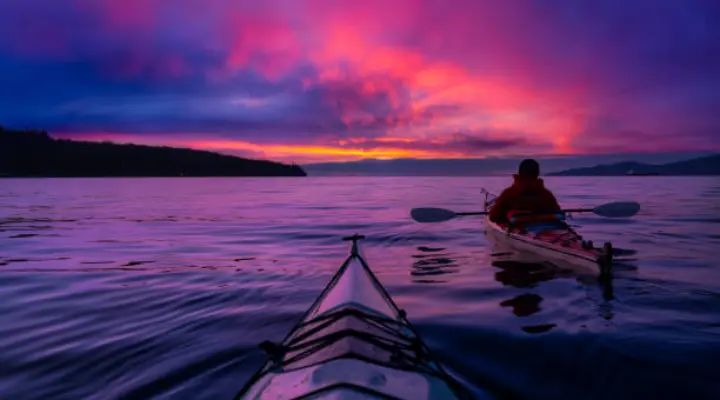
It’s always important to monitor the weather before paddling. But stable, mild conditions are especially crucial for safe kayaking after dark.
Heavy winds, storms, fog, and choppy waters that may be manageable in daylight can become dangerous when visibility declines at night. Forecasts can be unpredictable too. Conditions can change quickly once the sun goes down.
So it’s best to be conservative with both the forecast and your limits on what weather you paddle in at night. Leave a wide margin of safety. Keep tabs on the marine and local forecasts leading up to your trip if you need to reschedule.
The better the weather, the more enjoyable your stellar paddle after sunset will be! But more importantly, reasonable weather precautions prevent nasty surprises in the darkness and keep risks to a minimum.
Make Yourself Visible
Kayaks ride low on the water, so other vessels struggle to spot them, especially Kayaking at Night. That’s why every paddler must take steps to make themselves more visible after dark.
First, install proper navigation lights on your kayak – white 360-degree or red/green bow/stern combos. These are required by law.
Second, wear a life jacket with reflective tape or flashing LEDs. Consider attaching strobe lights to your paddle as well. The more visibility tools you use, the safer your night journeys will be. Drivers can still miss seeing kayakers, even with lights. But making yourself shine under the stars and moon helps other boats notice you.
Staying visible is essential for a fun trip paddling under the stars…and coming home safe! Let others see you out there.
What is night kayaking?
Imagine Kayaking at Night under a sky of twinkling stars but with the stars reflected in the water around you! That’s the magic of experiencing bioluminescence on Havelock Island.
These Kayaking at Night adventures typically begin after sunset, when the tide is high. You’ll launch from the Havelock Island jetty and paddle through the glowing water. The journey takes you to the lush mangroves of Havelock Island, where the light show continues as you glide through the tranquil waters.

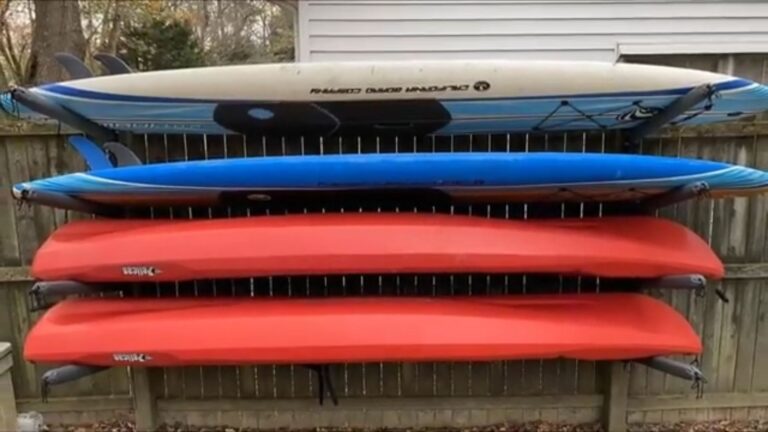

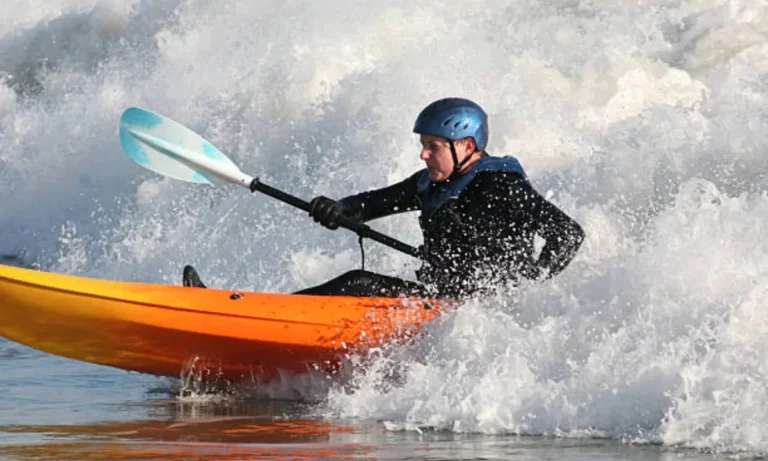
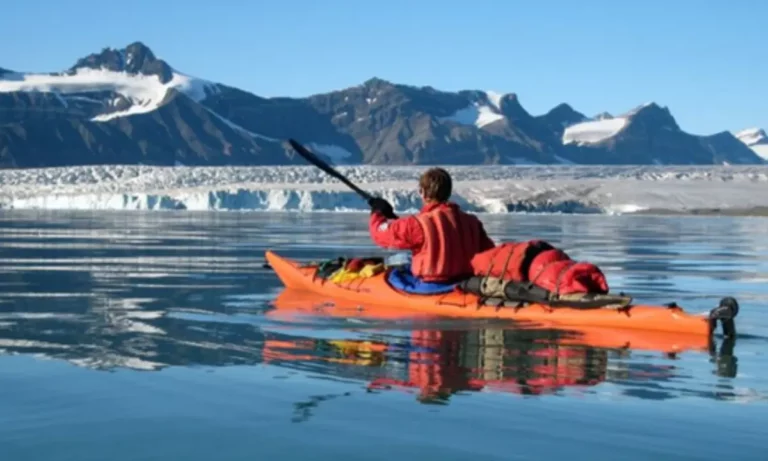
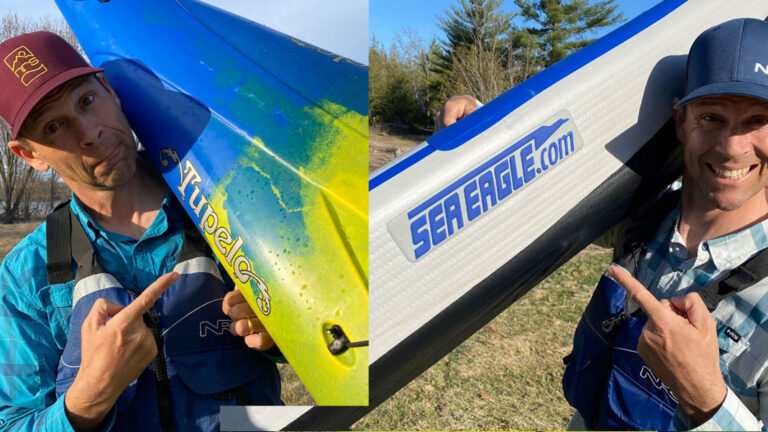
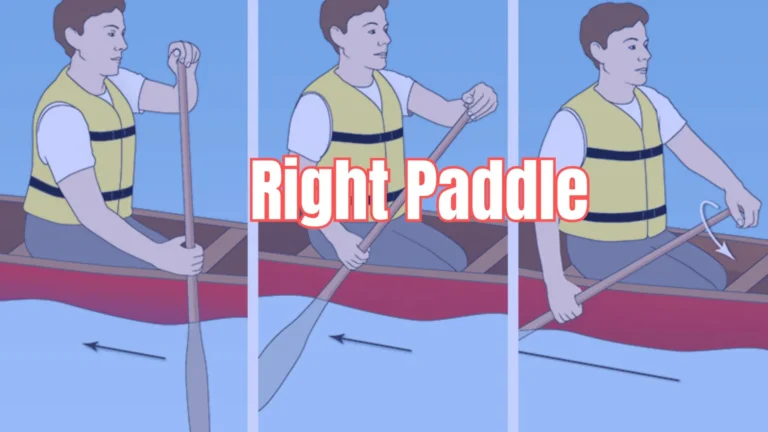
3 Comments